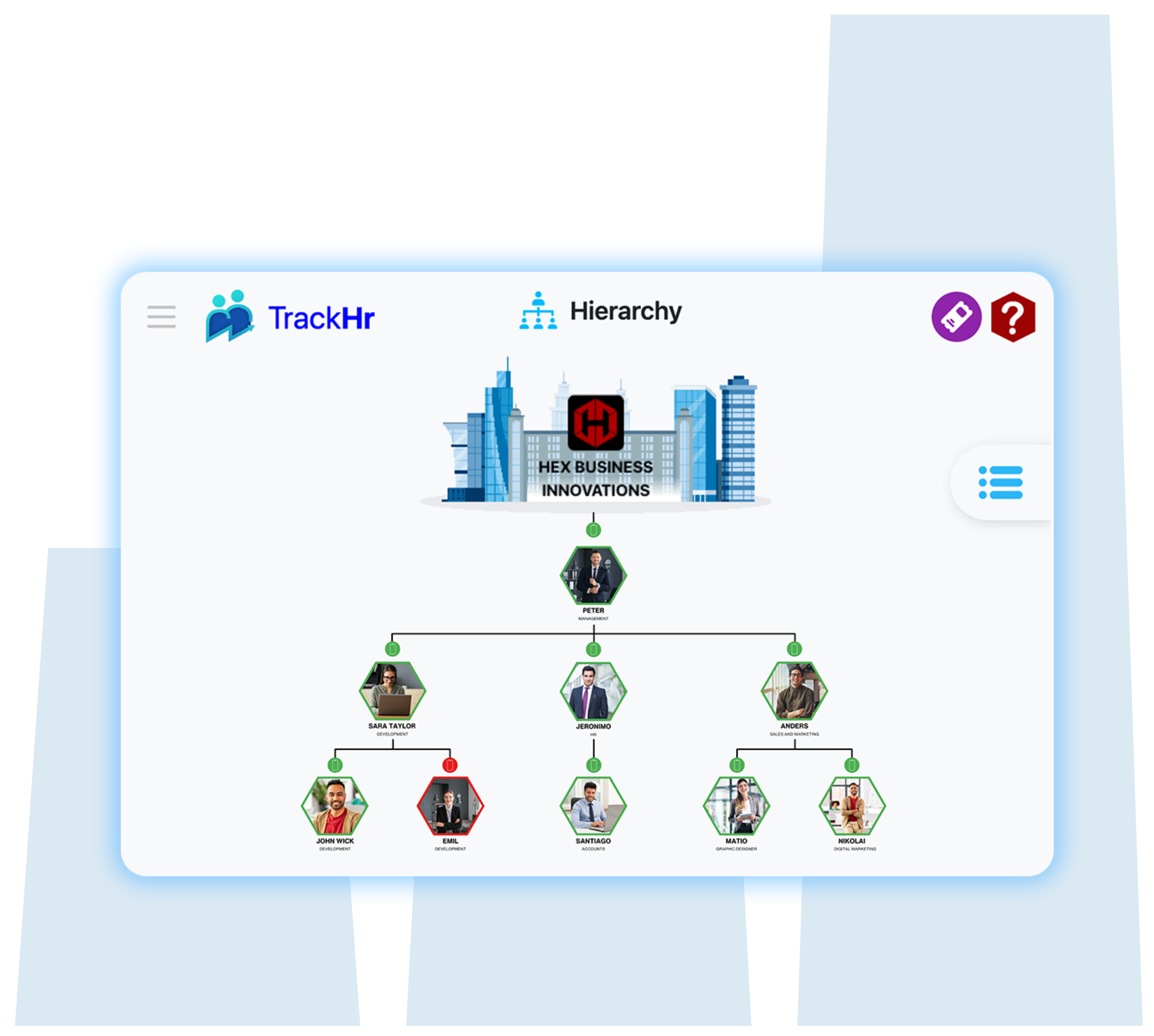Monday,3July2023
What is Work Management System:
Team, Time, and Task Management Software
Table of contents
- Introduction • What is a Work Management System? • Why do Teams Need a Work Management System? • Benefits of Using a Work Management System • Choosing the Right Work Management System • Tips for Successful Implementation • Conclusion
Introduction
Picture this: You walk into work, ready to tackle the day’s tasks. But wait, are you even sure what those tasks are? And what about your team? Are they all on the same page? If only there was a way to manage it all effortlessly. Enter the almighty Work Management System! It’s like a magical genie that grants all your wishes for team, time, and task management. With its help, you can collaborate seamlessly, streamline workflows, and even optimise your precious resources. Trust me, once you start using a Work Management System, you’ll wonder how you ever survived without it. So, let’s dive in and discover the wonders of this productivity powerhouse.

What is a Work Management System?
Ah, the fascinating world of work management systems! What a captivating topic to explore. So, what exactly is a work management system, you ask? Well, let me enlighten you.
A work management system is a software that assists teams in efficiently managing their tasks and projects. It’s like a virtual task manager on steroids, but without the bulging muscles. With a work management system, you can centralise all your team’s assignments, deadlines, and progress in one place. No more searching through endless email chains and disappearing sticky notes (seriously, where do they go?.
Now, let’s delve into the key features of a work management system. First and foremost, it is to effortlessly create and assign tasks to team members. due and reminders, ensuring no one forgets what they should be we all need a gentle reminder at times.
But wait, there’s! a work management system also aids in task prioritisation and workload distribution. It provides a comprehensive overview of everything happening within your team, enabling efficient resource allocation.
Another impressive feature is the real-time tracking of task progress. No more uncertainty about whether something is on track or drifting into the realm of procrastination. You can easily see who is working on what, how much is left, whether you need to motivate your team (figuratively, of course).
So, if you’re tired of the confusion that comes with managing a team, a work management system might be just what you need. Say goodbye to missed deadlines and welcome a well-organised, task-crushing machine. Trust me, your team will appreciate it.
Why do Teams Need a Work Management System?
Benefits of Using a Work Management System
So you’ve heard about this thing called a work management system, and you’re wondering what all the fuss is about, my friend, I’m here to enlighten on the wonderful benefits of using a work management system. Get ready to have your mind blown!
First off, a work management system allows you to have centralized task management. No more scattered sticky notes, forgotten emails, or lost files. With everything in one place, the team can easily priorities, assign, and track tasks’ like having a task superhero who knows exactly what needs to be done and when. wait, there’s more! With, you can kiss, Imagine saving your time by doing the work you can set up to automatically assign tasks, send reminders, and even generate reports. It’s like having your own personal coffee runs.
And let’s not forget about real tracking. You’ll always know where each task stands, who’s working on it, and if any deadlines are close. No need to play Sherlock Holmes and chase down updates from your team. The system does the work for you, providing you with up-to-the-minute status updates.
Now, here’s the cherry on top – improved productivity. With a work management system, you can wave goodbye to the days of drowning in a sea of emails, drowning to-do lists, and endless meetings about meetings. Your team can focus on really,, files, and communication they need at their fingertips. It’s a productivity paradise.
And finally, we have resource optimization. A work management system ensures that your team’s are at their full potential. You who’s available, who’s overloaded, and make smarter decisions when it comes to assigning tasks. No more overburdened employees or overlooked superstars.
In conclusion, a work management system offers centralised task management, automated workflows, real-time tracking, improved productivity, and resource optimization. It’s a superhero kick for your team, providing efficiency, organisation, and peace of mind. So why wait? Dive into the world of work management systems and watch your team reach new heights of productivity.’.
Choosing the Right Work Management System
Choosing the right work management system for your team can be a challenging task. With numerous options available in the market, it’s crucial to first identify your team’s specific needs. Are you searching for a system that focuses on project management, task management, or both? Understanding your team’s requirements will help narrow down the choices.
Next, assess the features and integrations offered by different work management systems. Look for features like task tracking, collaboration tools, and reporting capabilities that align with your team’s objectives. Integration with other tools like communication platforms and file storage systems can also enhance productivity.
User experience is another consideration. A user-friendly interface and intuitive navigation can significantly impact the adoption and effectiveness of work management systems. You don’t want your team to spend hours trying to figure out how to actually accomplish work.
So, remember to select a work management system that fulfils your team’s needs, offers suitable features and integrations, and provides a user-friendly experience. Making the right choice will set your team on the path to improved productivity and efficient management.
Tips for Successful Implementation
Implementing a work management system have a significant impact on your team’s performance, but it’s not as simple as pressing a button. To ensure a successful implementation of the system, the following key steps should be taken:
– **Set clear goals and is crucial to provide your team with a clear direction and purpose. Clearly identify what you aim to achieve with the work management and communicate it effectively to everyone involved.
– **Provide adequate training:** Do not assume that everyone will automatically know how to use the new software. Offer training sessions and resources to help your team familiarise themselves with the system. Remember to be patient and supportive during the learning
– **Encourage adoption:** Change can meet resistance, but it’s important to emphasise the benefits of the work management system. Show your team how it work and reward those who fully embrace it. Positive reinforcement can facilitate a smoother transition.
– **Monitor progress:** Implementing a work management system is an ongoing process. Continuously monitor your team’s feedback and make necessary adjustments. Strive for constant improvement and find ways to optimise processes and enhance productivity.
By following these tips, you can successfully implement a work management system that promotes collaboration, streamlines workflows, and boosts productivity. So, set your goals, provide training, encourage adoption, and always strive for progress. Let work management become your secret weapon!
Conclusion
So, we’ve covered all the nitty-gritty details about work management systems – from what they are to why teams need them, the benefits they offer, and how to choose and implement the right one. Now, it’s time to wrap things up and highlight the key takeaways in just a few words. In a nutshell, a work management system is like the superhero of team, time, and task management. It centralises everything, making collaboration a breeze, increasing task visibility, streamlining workflows, and helping teams manage their time efficiently. With features like automated workflows, real-time tracking, and improved productivity, these systems optimise resources and boost your team’s performance. So, it’s time to pick the perfect work management system and take your productivity to new heights! Boom! Just like that, we’re done. Short and sweet, but still packing a punch. Now go ahead, sign up, and embrace the wonders of a work management system!



